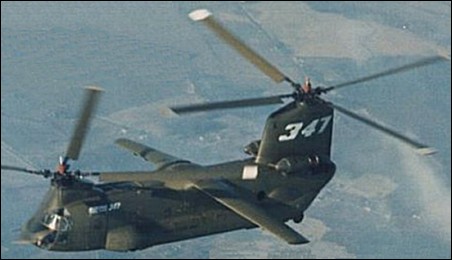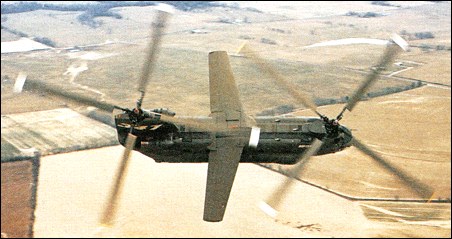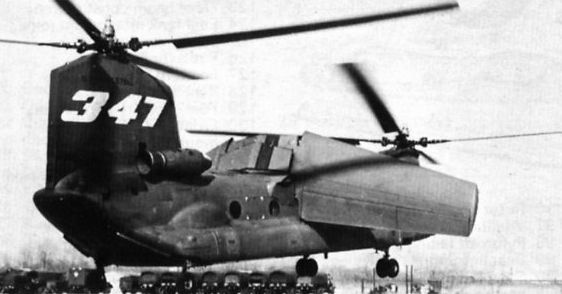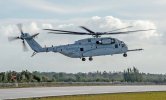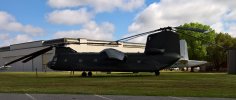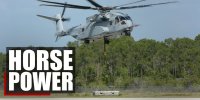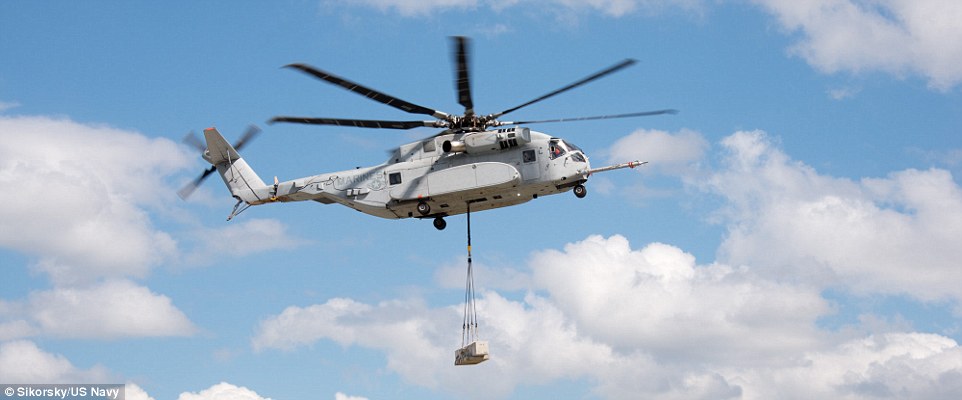I've been curious about the survivability of a setup like this. I can't speak to the -53, but part of the design of the original -60 was to take things from the Huey and do the opposite. One of them was to move the center broom closet and split it into two closets, making the mechanical flight linkages as far apart as possible should the aircraft receive battle damage. The logic being that hopefully only one side of the airframe will get hit, leaving controls working on the other side.
With just fiber cables, what happens if they get broken? Does the design route redundant fiber in more than one location?
This is Sikorsky's bread and butter, so it'd have to be redundant. I believe the -60M has a "fly by wire tail" to eliminate the cable linkages and prove the concept. Maybe @RobLyman has some insight as to how it works. Google failed me in finding a system description.

